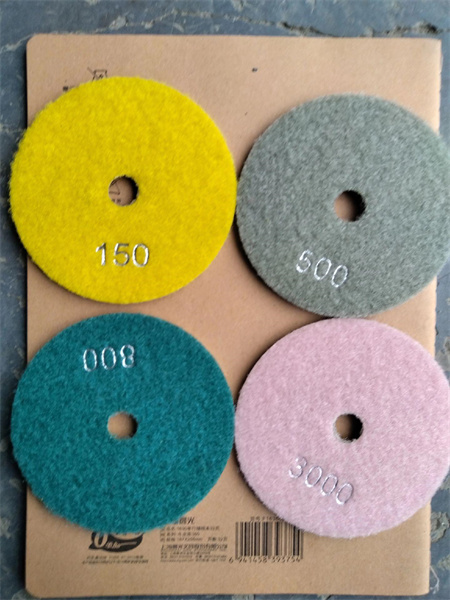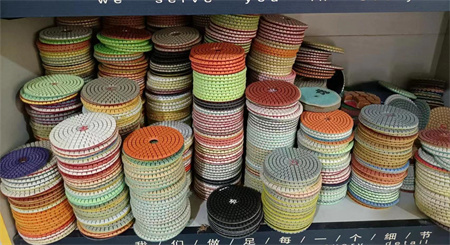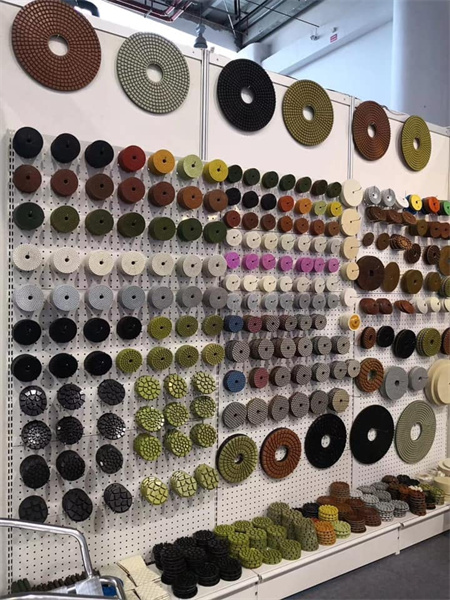How Sales Metrics Reflect Shifts in the Stone Polishing Industry
The stone polishing industry has seen significant changes over the past decade, driven by evolving customer demands, technological advancements, and global economic trends. Understanding how sales metrics reflect these shifts offers valuable insights into the industry’s current state and future trajectory. As companies in this field strive to stay competitive, analyzing these metrics is key to identifying emerging trends, adapting to market needs, and ensuring long-term growth.
One of the most noticeable shifts in the stone polishing industry is the growing demand for premium, high-quality finishes. The rise in consumer interest for luxury interiors, especially in home renovation and commercial design, has made polished stone surfaces like marble, granite, and quartz more desirable. Sales data clearly indicates an upward trend in high-end polishing services, driven by an increase in both residential and commercial projects. This shift isn’t just about aesthetics; it’s also about durability, maintenance, and the growing awareness of the long-term value that quality stone surfaces offer.
This demand for premium finishes is also closely linked to an increase in custom stonework. Stone polishing is no longer limited to a one-size-fits-all approach. Customers today want unique textures, patterns, and color combinations, which has led to the rise of specialized polishing techniques and equipment. Sales figures in the equipment sector are particularly telling. Sales of advanced machinery—like CNC polishing machines and automated stone finishing tools—have surged, reflecting the industry’s shift towards precision, efficiency, and customization.
Another important shift is the growing influence of sustainability in consumer choices. As environmental concerns continue to shape industries worldwide, stone polishing businesses are adjusting their practices to meet these expectations. Eco-friendly stone treatments and polishing compounds are becoming more popular, driven by both consumer demand and regulatory pressure. Sales metrics show a rise in the adoption of sustainable practices, with eco-friendly products now accounting for a substantial portion of sales in the stone polishing sector. From biodegradable polishing compounds to energy-efficient machinery, companies that invest in green technologies are not only responding to market demand but also setting themselves apart as industry leaders in sustainability.


The rise in digital engagement has also brought with it a change in customer expectations. No longer just looking for high-quality results, consumers are now seeking transparency and traceability in the products and services they purchase. Sales data shows that businesses offering clear communication about product sourcing, the environmental impact of their processes, and the quality of their finishes are seeing higher customer retention rates and more referrals. This shift highlights the importance of building trust with the modern consumer, who is more conscious than ever of the broader implications of their purchasing decisions.
Moreover, the economic factors shaping the stone polishing industry cannot be overlooked. The fluctuations in raw material costs, as well as changes in global trade dynamics, are reflected in the sales metrics of stone suppliers and polishing companies alike. The price of raw stone has risen in recent years due to supply chain disruptions and increased demand in emerging markets. Sales figures indicate that companies are adapting to these challenges by finding innovative ways to reduce waste, optimize inventory, and streamline production processes. Those who can successfully navigate these economic challenges by offering competitive pricing and value-added services will thrive.
